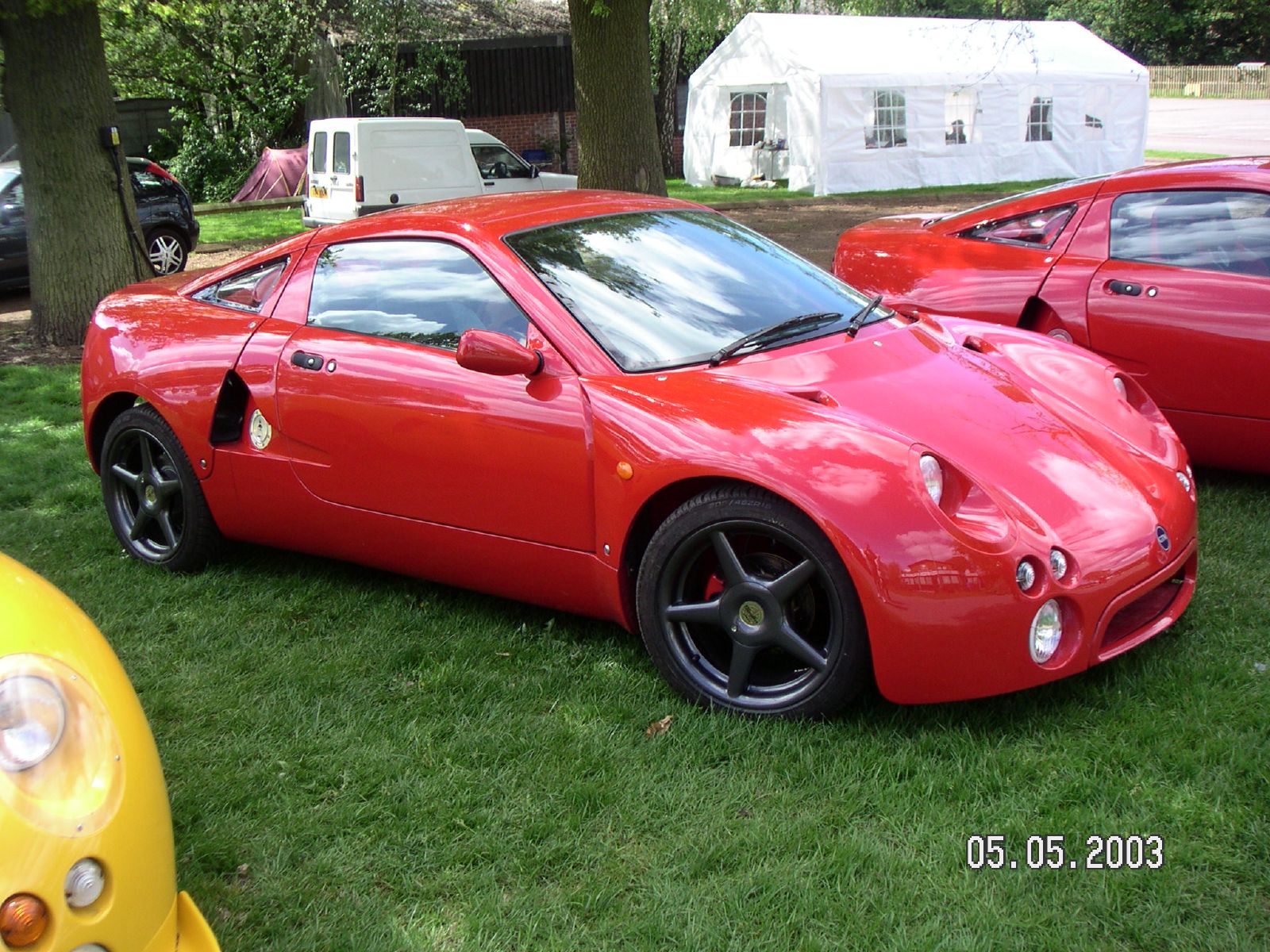
A kit car is an automobile that is available as a set of parts that a manufacturer sells and the buyer then either assembles into a car themselves, or retains a third party to do part or all of the work on their behalf. Usually, many of the major mechanical systems such as the engine and transmission are sourced from donor vehicles or purchased from other vendors new. Kits vary in completeness ranging from as little as a book of plans to a complete set with all components included.

Elegant Kit Cars

There is a sub-set of kit cars, commonly referred to as a "re-body" in which a commercially manufactured vehicle has a new (often fiberglass) body put on the running chassis. Most times, the existing drive gear and interior is retained. These kits require less technical knowledge from the builder and as the chassis and mechanical systems were designed, built and tested by a major automotive manufacturer can also lead to a much higher degree of safety and reliability.
The definition of a kit car usually indicates that a manufacturer constructs multiple kits of the same vehicle which they then in turn sell. This should not be confused with 'hand built cars' or 'Special' cars, which are typically built from scratch by an individual.

Kit cars have been around from the earliest days of the automobile. In 1896 the Englishman Thomas Hyler White developed a design for a car that could be assembled at home and technical designs were published in a magazine called The English Mechanic. In the United States the Lad's Car of 1912 could be bought for US$160 ($3000 equivalent in 2006) fully assembled or US$140 ($2600 in 2006) in kit form.
It was not until the 1950s that the idea really took off. Car production had increased considerably and with rust proofing in its infancy many older vehicles were being sent to breaker yards as their bodywork was beyond economic repair. An industry grew up supplying new bodies and chassis to take the components from these cars and convert them into new vehicles, particularly into sports cars. Fiber reinforced plastic (aka "GRP," or "fiberglass") was coming into general usage and made limited-scale production of automobile body components much more economical. Also, in the UK up to the mid 1970s, kit cars were sometimes normal production vehicles that were partially assembled as this avoided the imposition of purchase tax as the kits were assessed as components and not vehicles. The Lotus Elan, for example, was available in this form. It was often claimed that the kits could be taken home and completed in only a weekend.

During the 1970s many kits had bodies styled as sports cars that were designed to bolt directly to VW Beetle chassis. This was popular as the old body could be easily separated from the chassis leaving virtually all mechanical components attached to the chassis and a GRP-body from the kit supplier shop fitted. This made the Beetle one of the most popular "donor" vehicles of all time. Examples of this conversion include the Bradley GT, Sterling, and Sebring which were made by the thousands and many are still around today. Volkswagen based dune buggies also appeared in relatively large numbers in the 1960s and 1970s based usually on a shortened floor pan.

Red Kit Cars

Current kit cars are frequently replicas of well-known and often expensive classics and are designed so that anyone with a measure of technical skill can build them at home to a standard where they can be driven on the public roads. These replicas are in general appearance like the original, but their bodies are often made of fiberglass mats soaked in polyester resin instead of the original sheet metal. The AC Cobra and the Lotus 7 are particularly popular examples, the right to manufacture the Lotus 7 now being owned by Caterham Cars who bought the rights to the car from Lotus founder Colin Chapman in 1973. Replica kit cars enable enthusiasts to possess a vehicle of a type that because of scarcity they may not be able to afford, and at the same time take advantage of modern technology.
Many people react sceptically when they first hear about kit cars as it appears to them to be technically impossible to assemble a car at home and license it for public roads. They may also be worried that such a car would not subsequently pass the mandatory quality control (road worthiness test) that is required in most countries. For example, to obtain permission to use a kit car in Germany, every such vehicle with a speed over 6 km/h without a general operating license (ABE) or an EC type permission (EC-TG) has to undergo, as per the § 21 of Road traffic licensing regulations (STVZO), a technical inspection by an officially recognized expert of a Technical Inspection Authority. In the United Kingdom it is necessary to meet the requirements of the IVA (Individual vehicle Approval) regulations.
A survey of nearly 600 kit car owners in the USA, England and Germany, carried out by Dr. Ingo Stüben, showed that typically 100–1,500 hours are required to build a kit car, depending upon the model and the completeness of the kit. However, as the complexity of the kits offered continues to increase, build times have increased as well.
Several sports car producers such as Lotus and TVR started as kit car makers.



























































